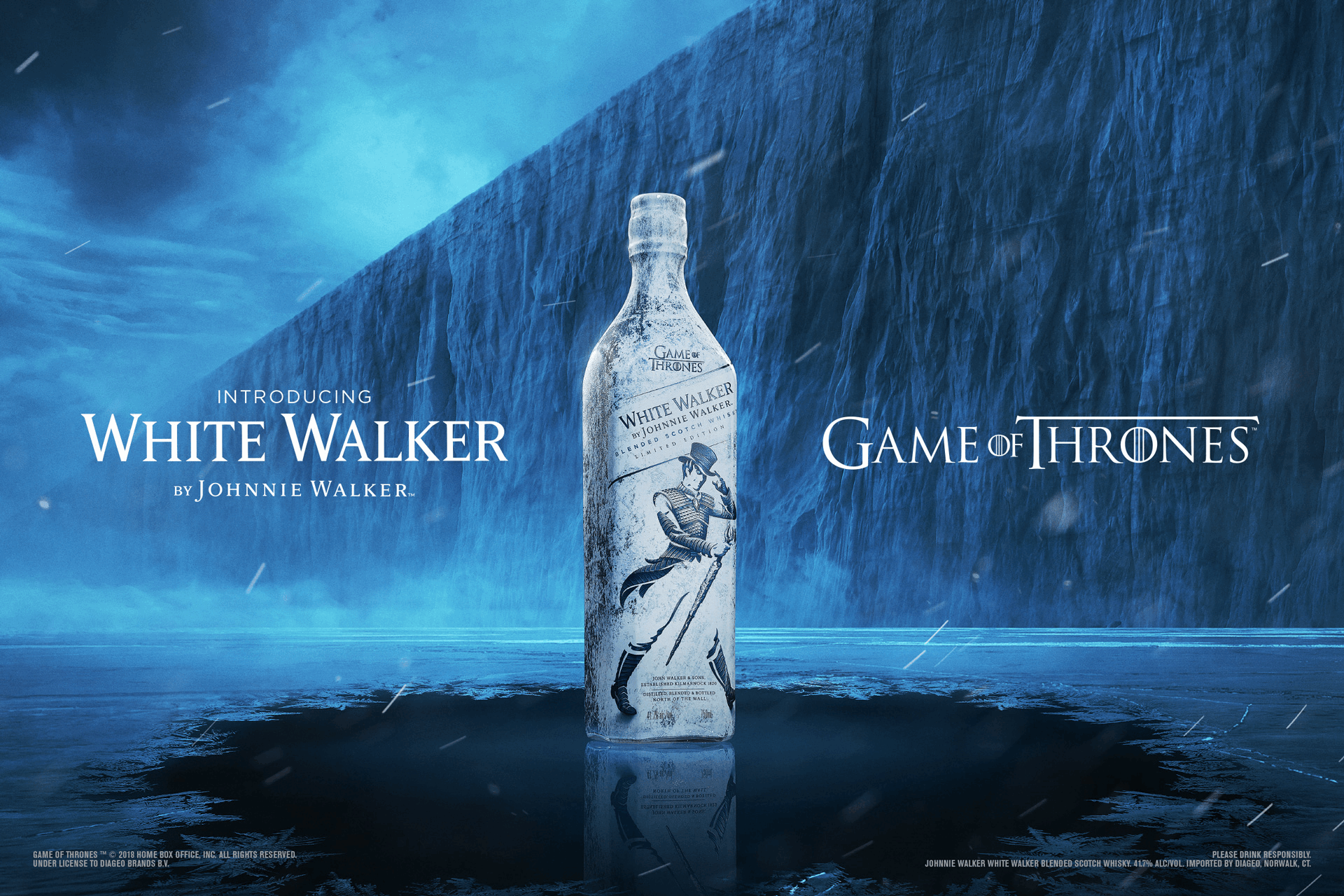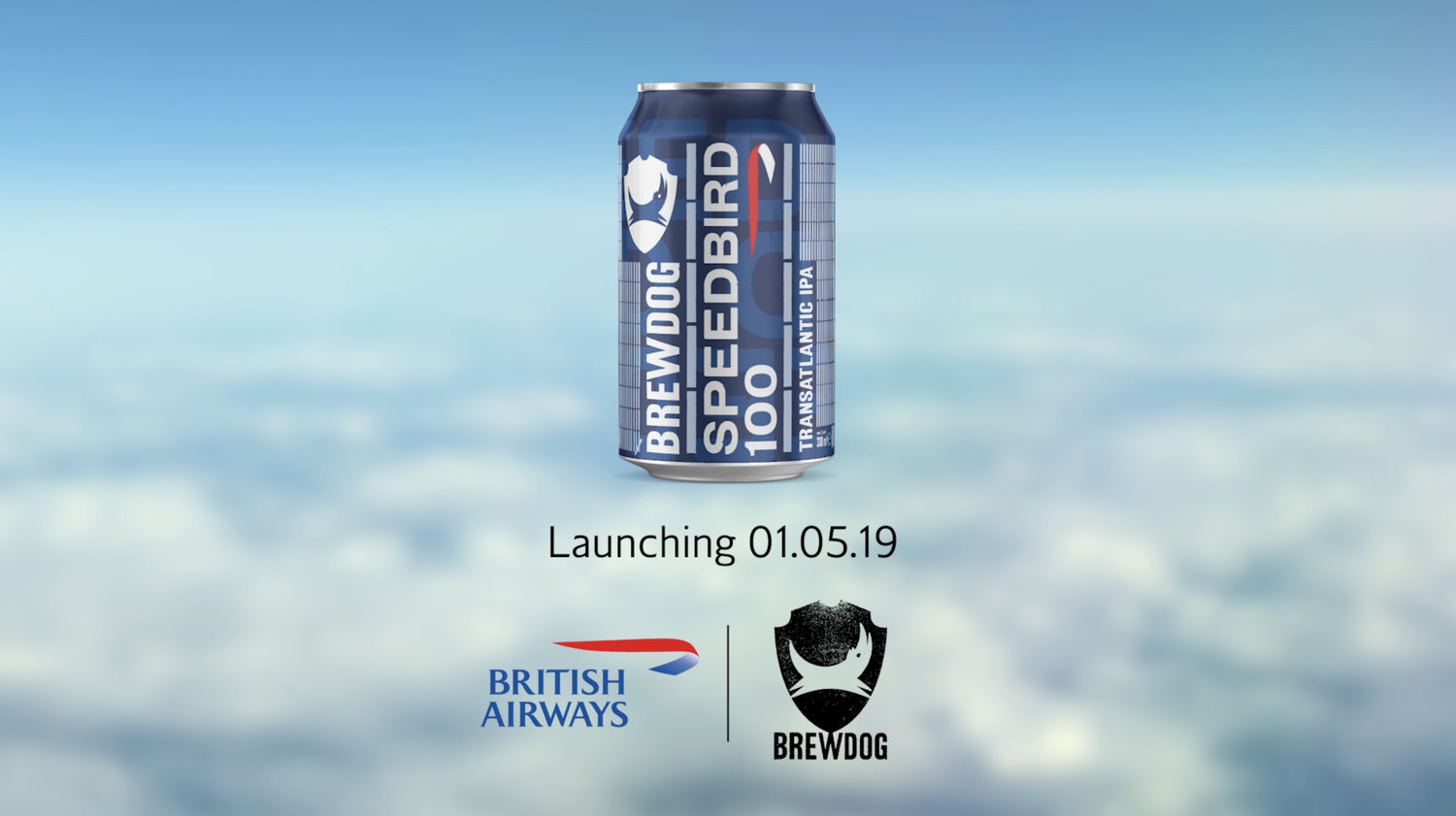Brand Partnerships. The good, the bad and the tasty.
Brand collaborations, how they work and why it has something to do with peaches and steak.
Having worked on a number of brand pairings over the years, we'd like to think that we've learnt a thing or two.
Looking at some of the biggest (but not necessarily the best) partnerships out there, we're reminded of just how tricky these pairings can be - and how easy it is to get them wrong.
You’d think it would be a simple recipe. You take Brand A, with all its history and all its fans. You take Brand B, with the same but from a totally different category. You blend together, and voila – twice the impact, twice the audience and both brands enhanced.
Yet why do they so often end up a dog’s dinner?
Brands aren’t like Lego. You can’t endlessly plug them together. They’re complex blends of strategy, targeting, positioning, personality and aesthetics.
Partnering two brands is more like pairing food. I love those syrupy peaches from a can. I also love a steak, bloody as hell. But even the wankiest of Finnieston gastros wouldn’t try putting the two together.
The great brand partnerships are able to judge this. They can nail whether or not two entirely different companies can sit on the same dish, or whether it’s a fusion too far.
To get you rolling, here are some musings on how to help judge your potential pairing. And what to avoid:
1. Beware of the trendy here-and-now.
When that marketing guy you don’t really like forwards that inevitable email saying those cursed words: ‘hey these guys are cool’ – stop.
It’s this kind of thinking that links historic and trusted brands with utterly ephemeral social influencers. Or even the world’s most famous whisky brand… with a TV show about dragons. Just because it’s popular, it doesn’t make it right.

2. Instead, be led by one thing: Values.
Want to know whether your fried chicken business could partner with that Swiss watch brand you adore? Then see if your brand values align.
Values done right are your guide rails. They should define your personality and purpose. They tell you when something isn’t right. And because they’re your why and your how (not your what), they can also transcend sectors. This is why they’re so useful for compatibility. They reveal the overlap.
An example. The “punk” “craft” beer of BrewDog partnering with… the grand old lady of the skies British Airways. See what I mean?

3. Sort your own brand out first.
If you’re now staring at your values, probably written 10 years ago by-committee, and finding them brain-numbingly generic and offering no help at all – then maybe it's time to refresh them.
Don’t panic. It doesn’t have to be anything as scary as a ‘rebrand’. No logos or expensive signs on skyscrapers need to change if you don’t want them to.
But you can’t partner with a strong brand unless you have one yourself. After all, it’s a partnership, not a scaffold.
4. Make it about creation. Not cash.
Audiences are sharp at smelling bullshit. If you’re only teaming up to harvest data or to stick an extra logo on the side of your everyday products, it won’t stick.
Focus the partnership on what you are going to create together. Excite me with the collaboration of what two respective experts can cook up. I don’t care if your logos sit side-by-side. I care if something cool is going to come of it.
When Red Bull teamed with GoPro, their collaboration in the short term cost both millions. Yet, it’s my favourite tie-up of all time. The perfect recipe of values, creativity and branding. And the results, long-term, were equally stratospheric.
Now that’s a match made in heaven, and a recipe I like the sound of.
If you have any questions about brand pairings and think we might be able to help, get in touch.